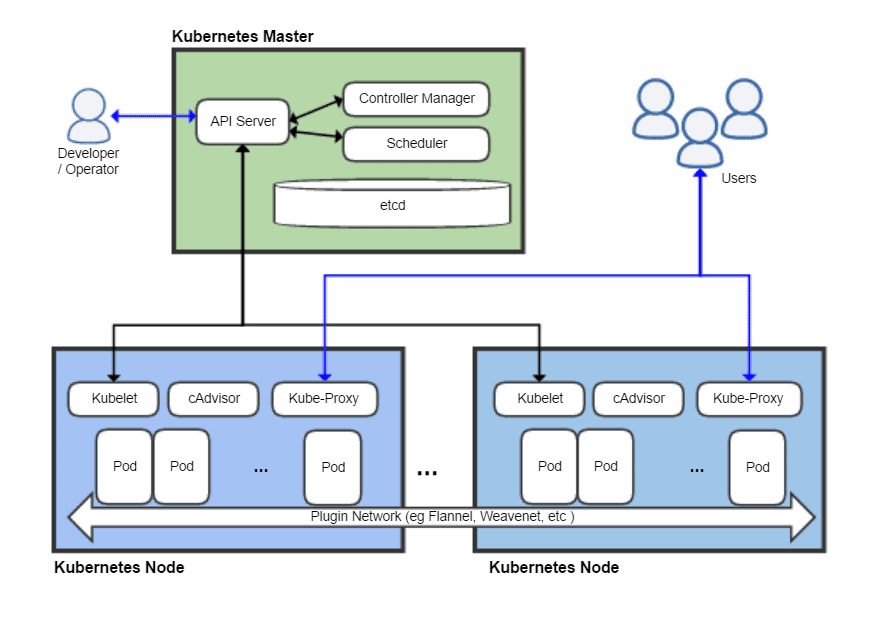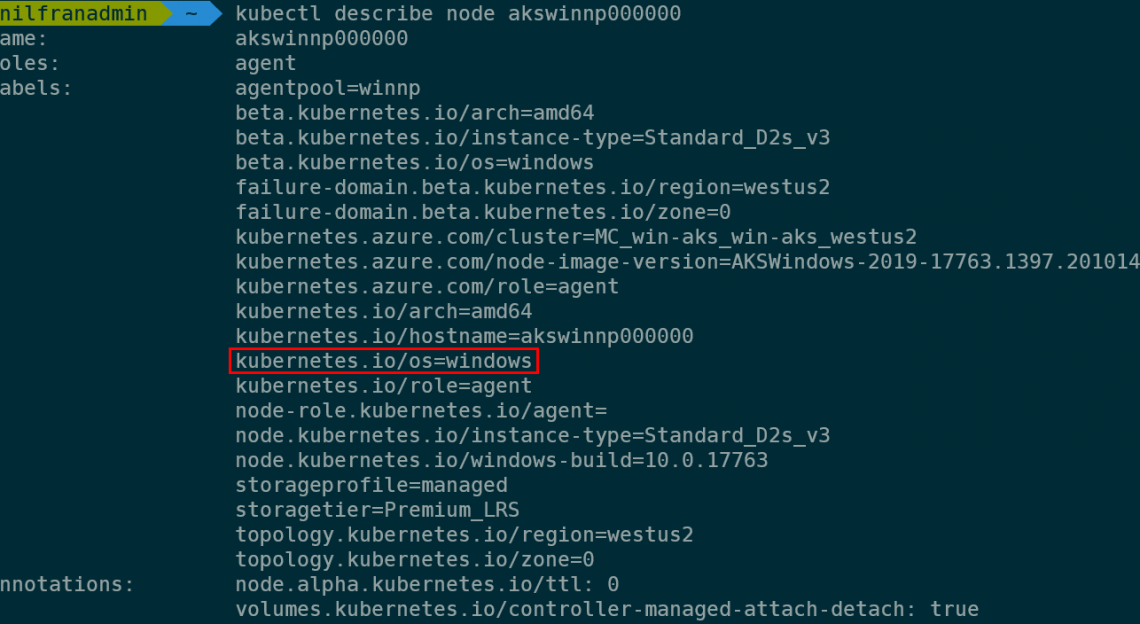


Many organizations find the Kubernetes platform becomes essential when you start deploying containers in significant numbers, especially in production environments.

It also helps with load balancing and ensuring high-availability environments. In other words, Kubernetes helps enterprises tap into the potential of containers in day-to-day work, in automated fashion. Kubernetes lets you schedule and run containers on clusters of physical or virtual machines, while automating many operational tasks. Maybe you’re trying to help people in your organization understand why Kubernetes – and orchestration tools in general – are necessary in the first place.
WHAT IS KUBERNETES USED FOR FULL
The Kubernetes system provides a lunchbox that allows for just-in-time expansion of the contents (scaling) and full isolation between every unique item in the lunchbox and the ability to remove any item without affecting any of the other contents (immutability).” The contents of the lunchbox were all assembled well before putting them into the lunchbox there was no isolation between any of those contents. Want a plain English way to explain what this looks like? This one’s pretty great: You can use a lunchbox analogy, notes Mike Kail, CTO and cofounder at CYBRIC: “Let’s say an application environment is your old-school lunchbox. “Once organizations understand the benefits of containers and Kubernetes for DevOps, application development, and delivery, it opens up so many possibilities, from modernizing traditional applications, to hybrid- and multi-cloud implementations and the development of new, cloud-native applications with speed and agility,” says Ashesh Badani, SVP and general manager for cloud platforms at Red Hat. In organizations using DevOps practices – including short development sprints, experimentation, and iteration – containers can be key to the evolution of processes, and to an organization’s increasing usage of cloud infrastructure and microservices. That’s where Kubernetes comes in.Ĭontainers, in concert with Kubernetes, are helping enterprises better manage workloads and reduce risks. But provisioning and operationalizing containers at scale, often in concert with microservices, is not for weekend enthusiasts. Especially for stateful apps (such as databases), it requires planning, and most experts say an orchestration tool is a must. What is Kubernetes used for?Ĭontainers appeal to organizations for a broad range of workloads. (This frequently-updated project has had releases on about a quarterly basis recently.) The most recent version of Kubernetes, 1.19, was released in August 2020. Kubernetes is an increasingly popular way to do that.” When they do that, they need an orchestration solution in order to keep track of all of those containers and schedule them and orchestrate them. Here’s how Dan Kohn, executive director of the Cloud Native Computing Foundation (CNCF), in a podcast with Gordon Haff, explained it: “Containerization is this trend that’s taking over the world to allow people to run all kinds of different applications in a variety of different environments. “In other words, you can cluster together groups of hosts running Linux containers, and Kubernetes helps you easily and efficiently manage those clusters.”
WHAT IS KUBERNETES USED FOR MANUAL
It eliminates many of the manual processes involved in deploying and scaling containerized applications,” Haff and Henry write. “Kubernetes, or k8s (k, 8 characters, s… get it?), or ‘kube’ if you’re into brevity, is an open source platform that automates Linux container operations.

Kubernetes eliminates many of the manual processes involved in deploying and scaling containerized applications.


 0 kommentar(er)
0 kommentar(er)
